Learn more about the Chi Cygnid Meteor Shower, a rare shower that seems to grow every five years and will appear this September 2025, peaking between September 13, 2025, and September 15, 2025.

If you’re looking for something to do this weekend, look no further than the night sky as the Chi Cygnid meteor shower peaks. This shower is more on the modest side when it comes to meteor production, but the meteors do fall rather slowly, making them easier to see.
Learn more about this rare and rather new meteor shower, and what you all need to prepare for a spectacular show.
When Is the Chi Cygnid Meteor Shower?
The Chi Cygnid meteor shower, which started around September 4, 2025, has been showing signs of heightened activity and is expected to peak between the evenings of September 13, 2025, and September 15, 2025.
One of the best parts about this meteor shower is that, because of the height of the constellation in the sky, the shower will be in the early evening just after sunset, so you won’t have to stay out too late.
Viewing the Chi Cygnid Meteor Shower
When looking for the Chi Cygnid meteor shower, look high in the sky towards the constellation Cygnus, the shower’s radiant — the point from which the meteor shower originated. Because it will be higher in the sky, it’s best to observe this meteor shower while lying down, perhaps in a reclining lawn chair or blanket.
For optimal viewing, head out and away from city lights and other light pollution to a safe and dark area. Make sure to put your phone away to help your eyes adjust to the dark, then lie back and relax, and try to catch a glimpse of the shower.
What Is Unique About This Meteor Shower?
In 2015, NASA and SETI Institute astronomer Peter Jenniskens first spotted the Chi Cygnid meteor shower. Jenniskens and his colleagues noted that every five years, this meteor shower appears to have an increase in activity. In 2020, there was more activity when compared to 2015. Will 2025 yield the same results? Only time will tell.
Another unique feature about this meteor shower is that experts still aren’t quite sure exactly what the shower’s parent body is. Some researchers think it could be remnants of a comet from the Jupiter family, but more research is still needed. What we do know is that this meteor shower is only getting bigger, and the more we observe it, the more we’ll learn.
Credit: www.discovermagazine.com

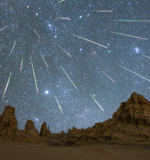
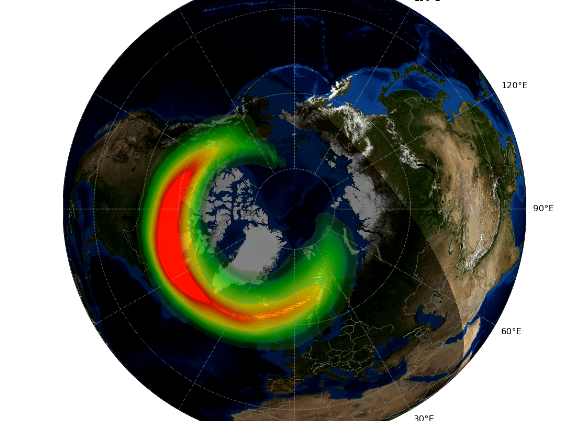
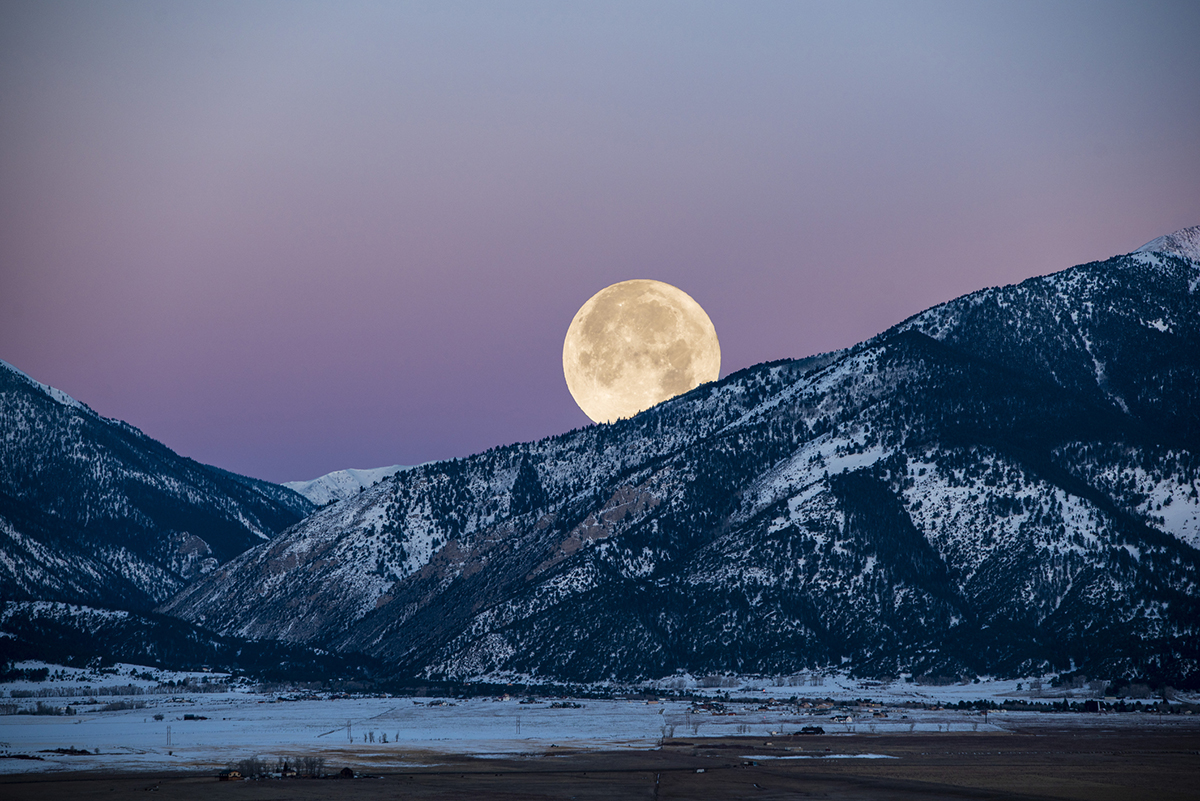
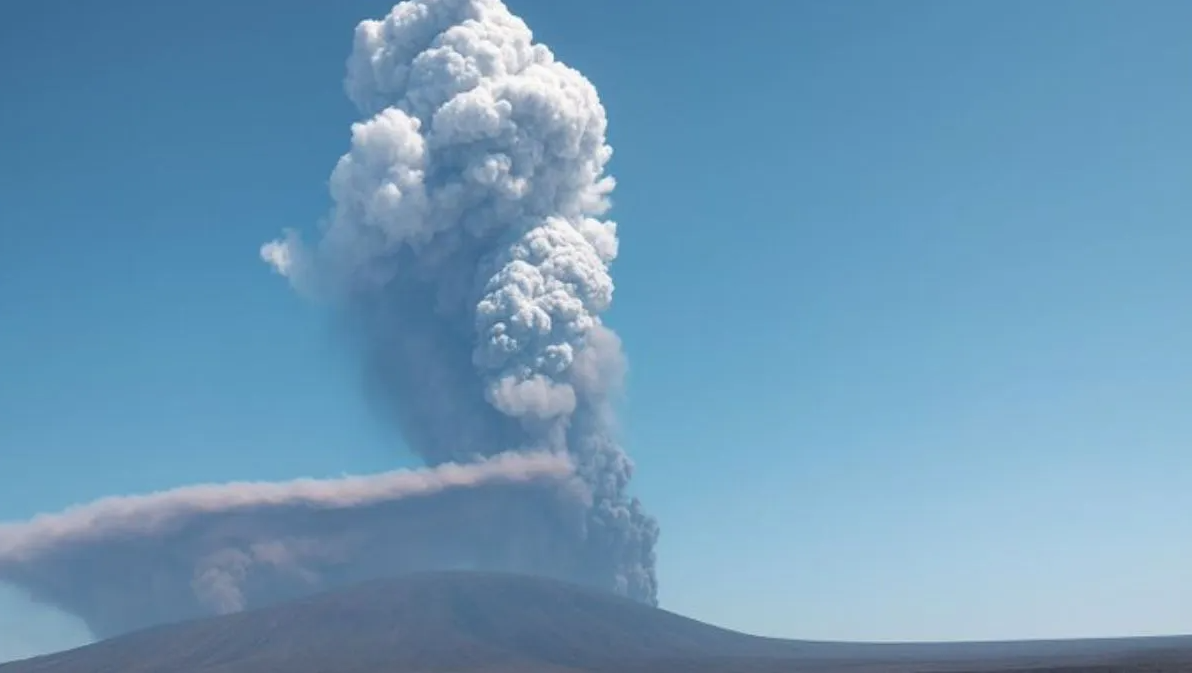
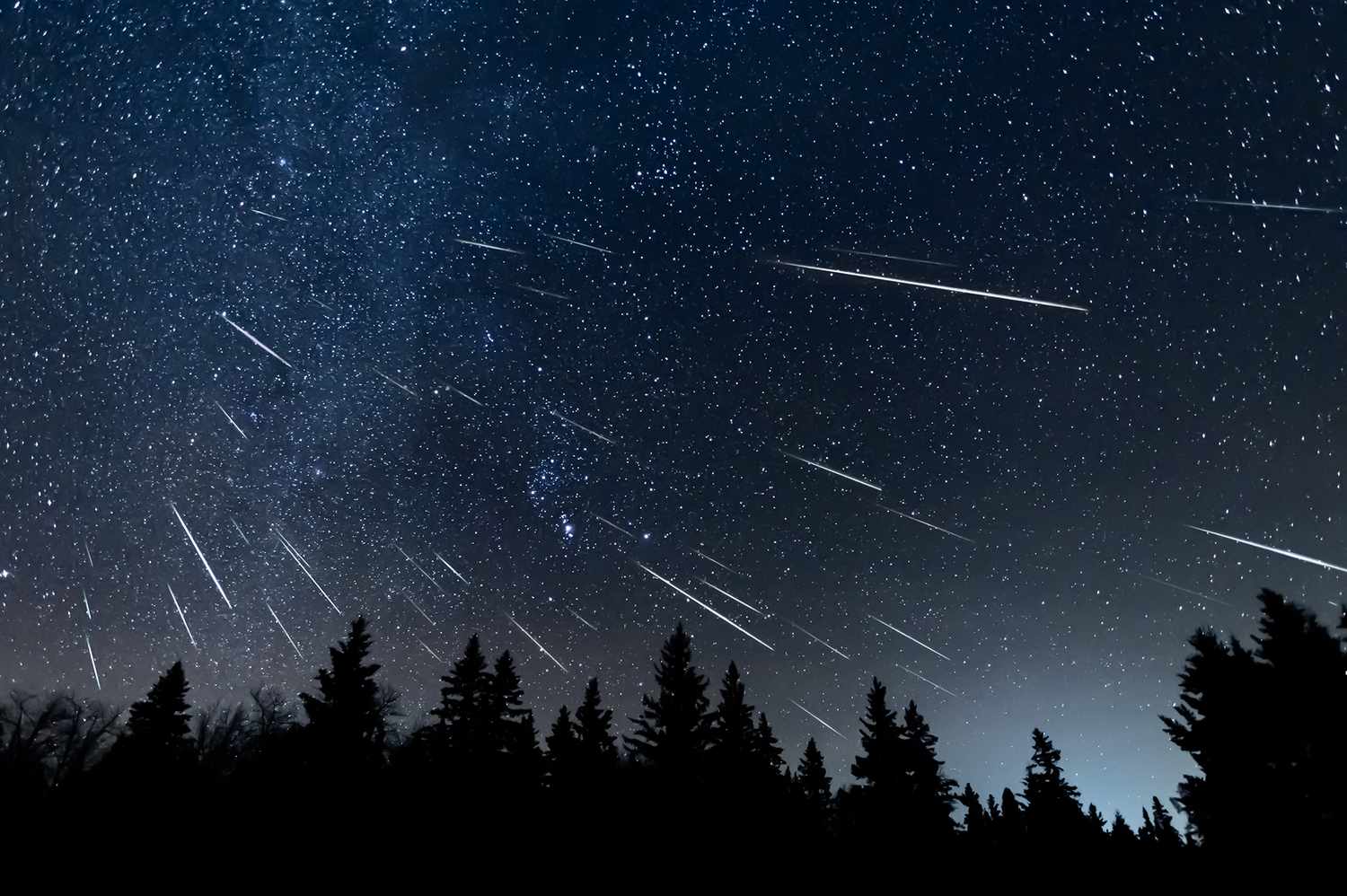


 Photographer Finds Locations Of 1960s Postcards To See How They Look Today, And The Difference Is Unbelievable
Photographer Finds Locations Of 1960s Postcards To See How They Look Today, And The Difference Is Unbelievable  Hij zet 3 IKEA kastjes tegen elkaar aan en maakt dit voor zijn vrouw…Wat een gaaf resultaat!!
Hij zet 3 IKEA kastjes tegen elkaar aan en maakt dit voor zijn vrouw…Wat een gaaf resultaat!!  Scientists Discover 512-Year-Old Shark, Which Would Be The Oldest Living Vertebrate On The Planet
Scientists Discover 512-Year-Old Shark, Which Would Be The Oldest Living Vertebrate On The Planet  Hus til salg er kun 22 kvadratmeter – men vent til du ser det indvendigt
Hus til salg er kun 22 kvadratmeter – men vent til du ser det indvendigt  Superknepet – så blir snuskiga ugnsformen som ny igen!
Superknepet – så blir snuskiga ugnsformen som ny igen! 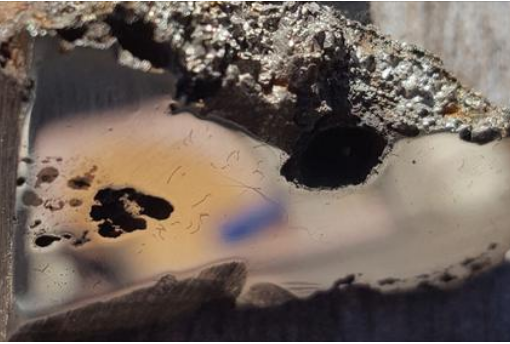 Meteorite That Recently Fell in Somalia Turns Out to Contain Two Minerals Never Before Seen on Earth
Meteorite That Recently Fell in Somalia Turns Out to Contain Two Minerals Never Before Seen on Earth  Nearly Frozen Waves Captured On Camera By Nantucket Photographer
Nearly Frozen Waves Captured On Camera By Nantucket Photographer 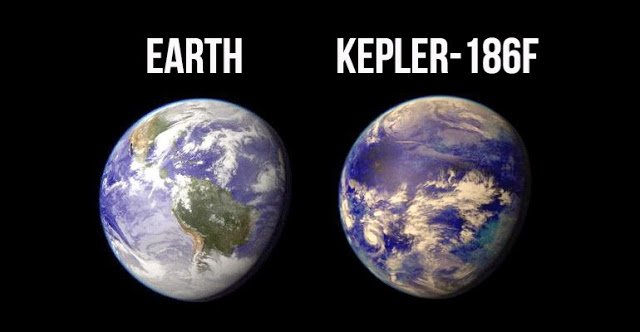 It’s Official: Astronomers Have Discovered another Earth
It’s Official: Astronomers Have Discovered another Earth 